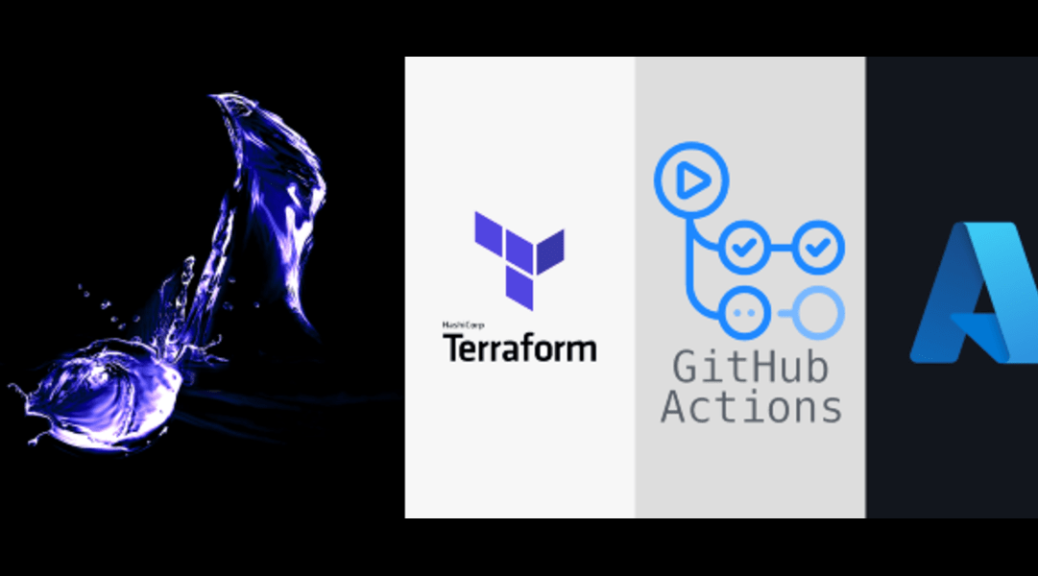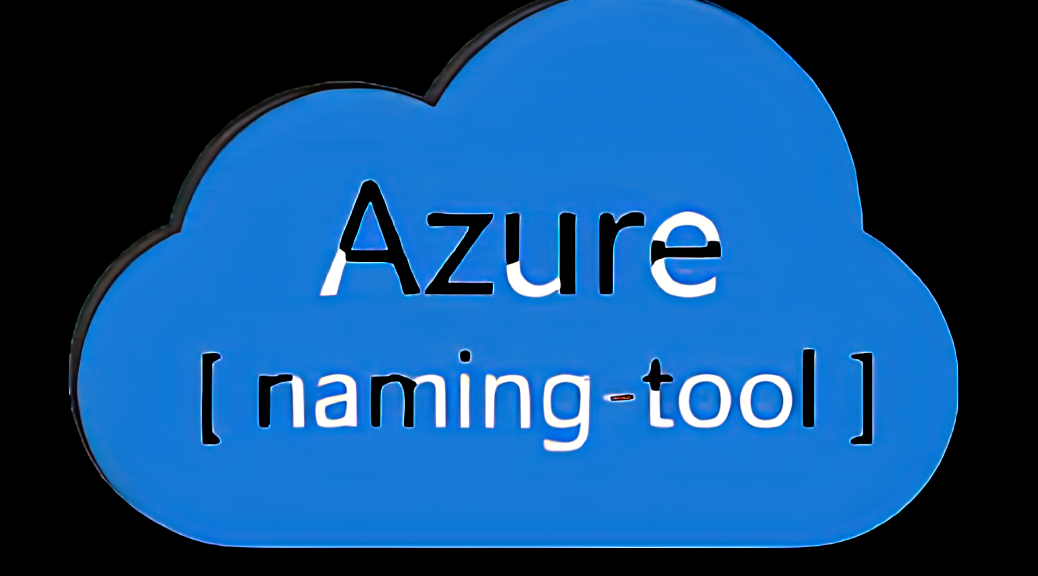Deploying Virtual Machines into Azure – My Attempt at a Simplified VM Module
Have you ever needed to deploy a set of virtual machines or a single virtual machine into Azure across multiple environments with Terraform? Did you too look to existing Microsoft created or community created modules to accomplish this and find that the existing modules are overly complicated and kind of frustrating to work with? The Problem with Existing Azure VM Modules You might have come across the Azure Verified Module (AVM) for virtual machines or the older Azure VM Terraform…








